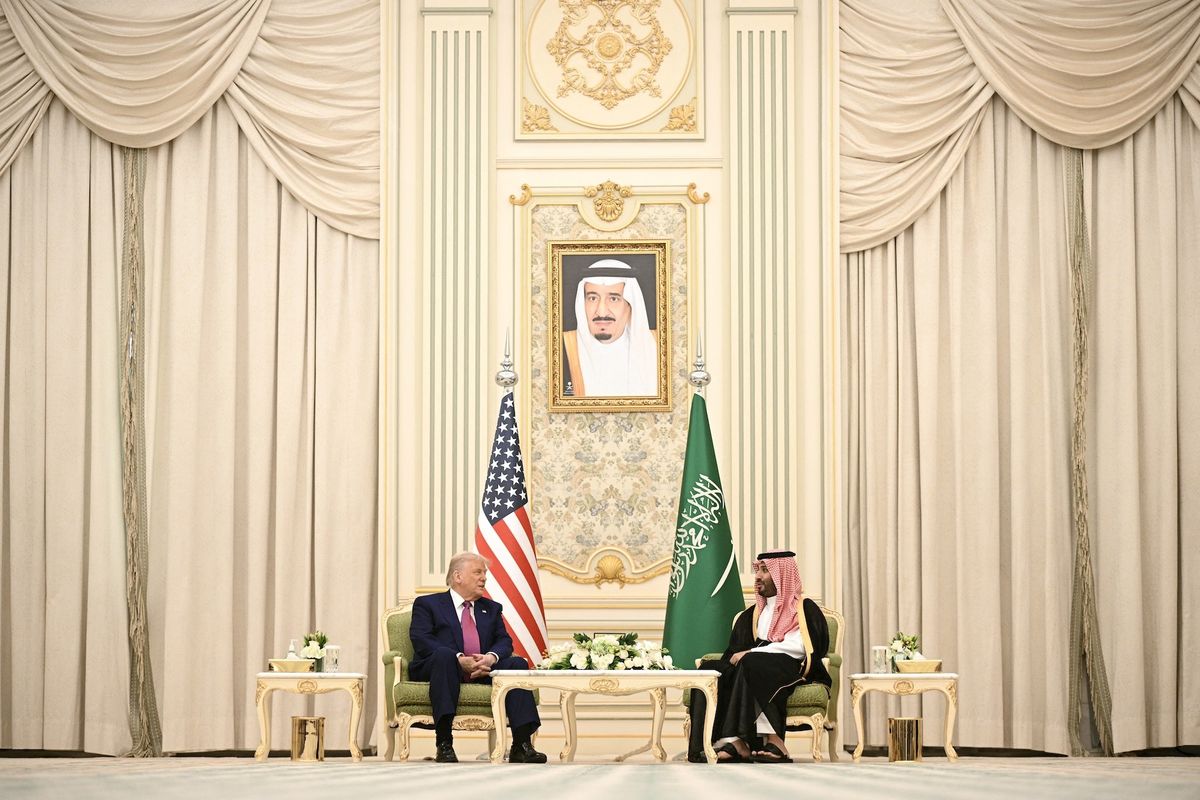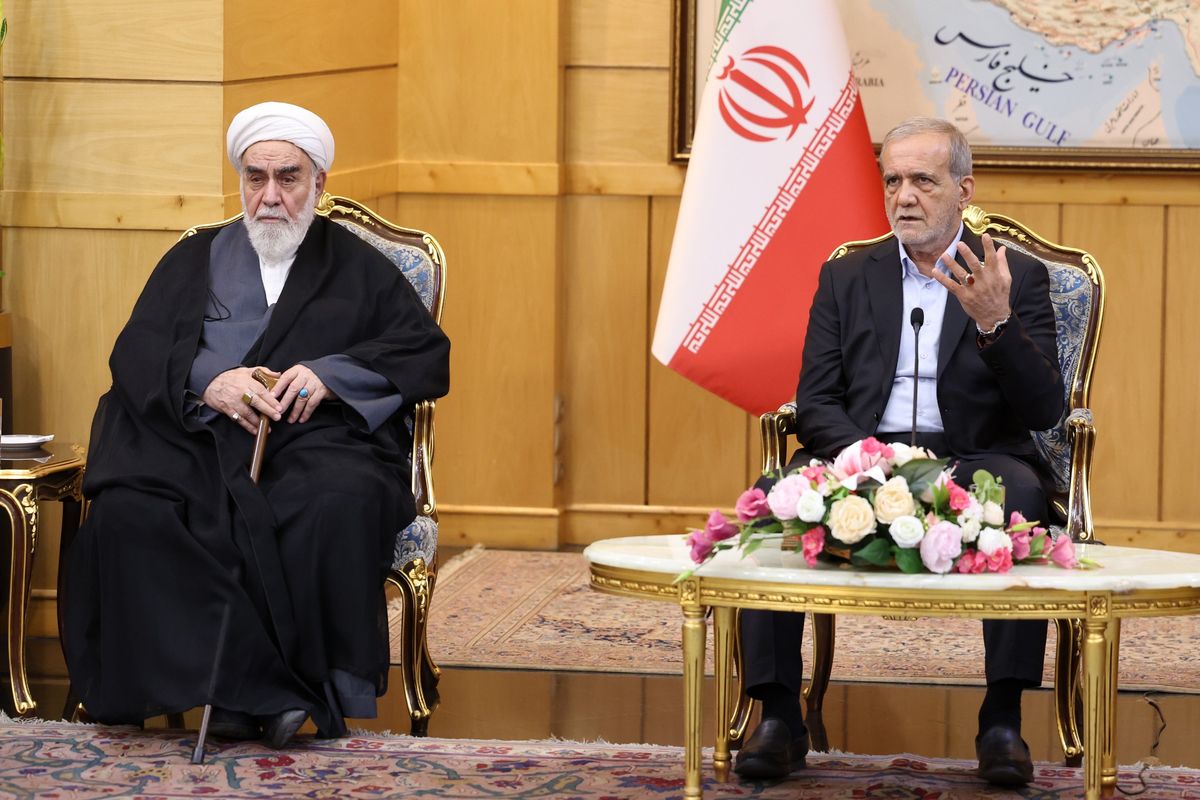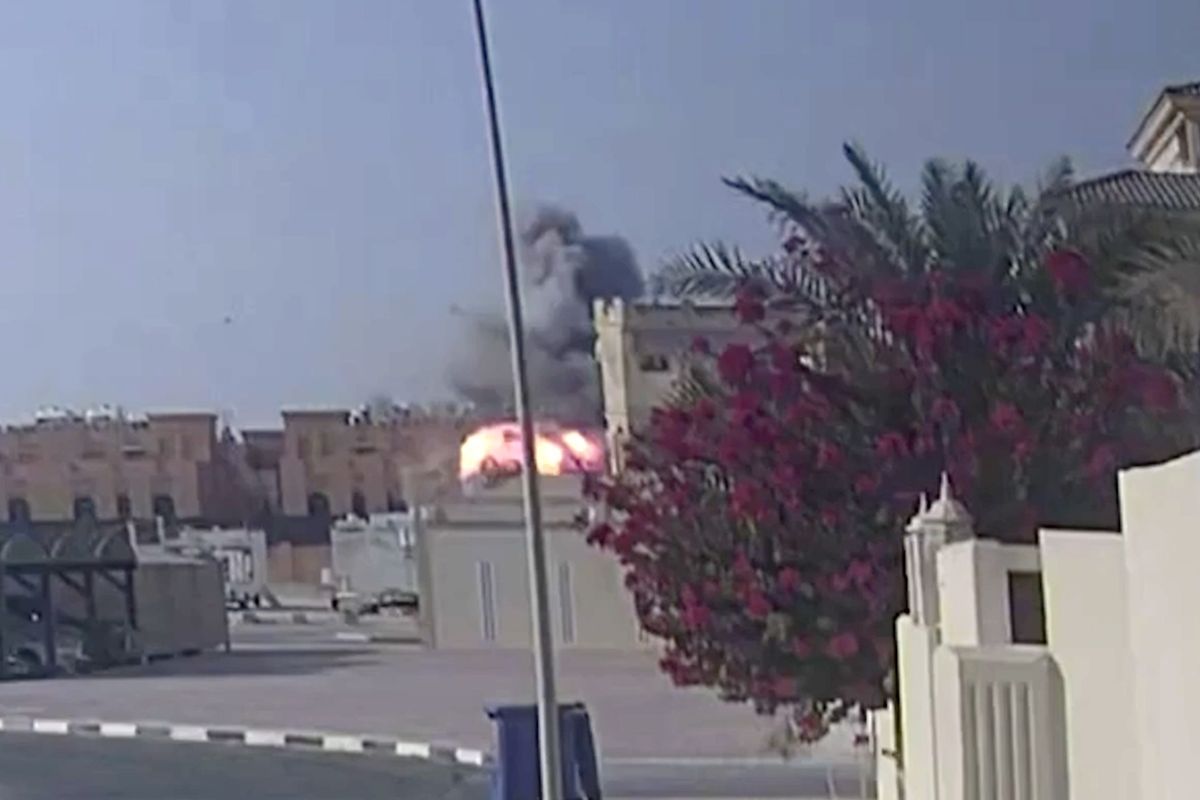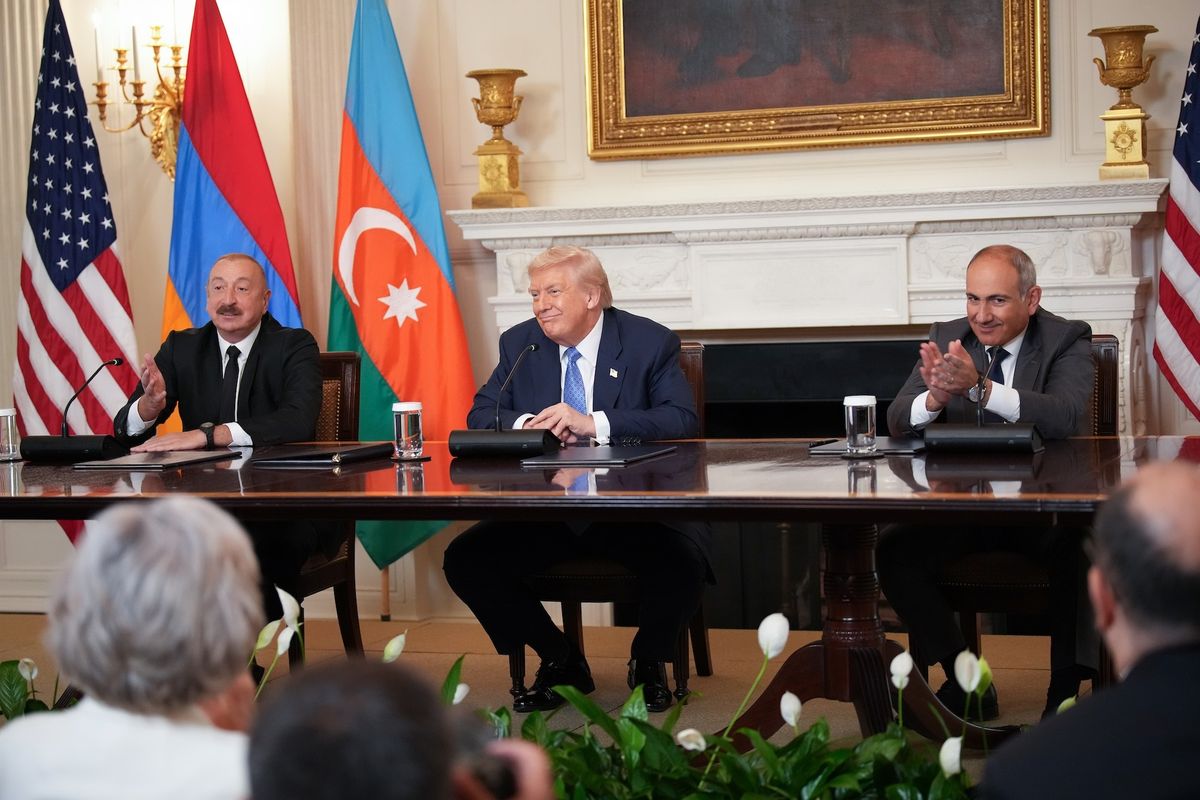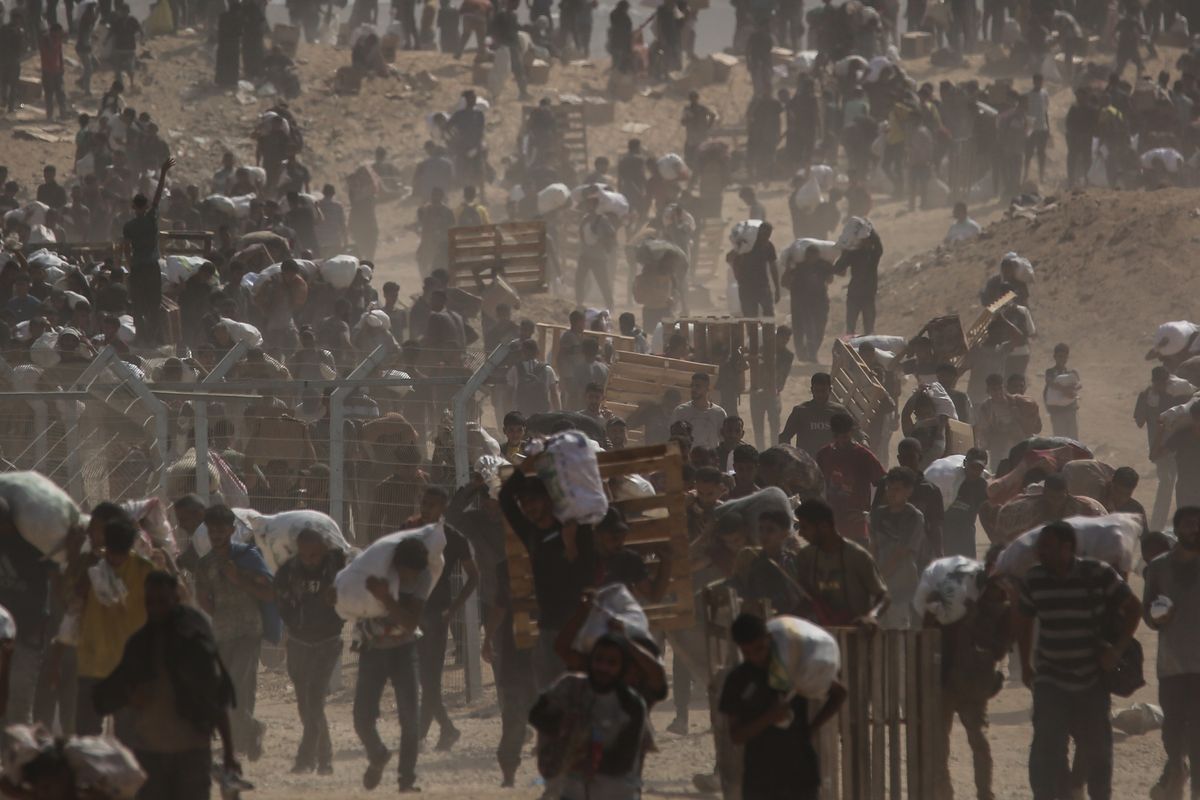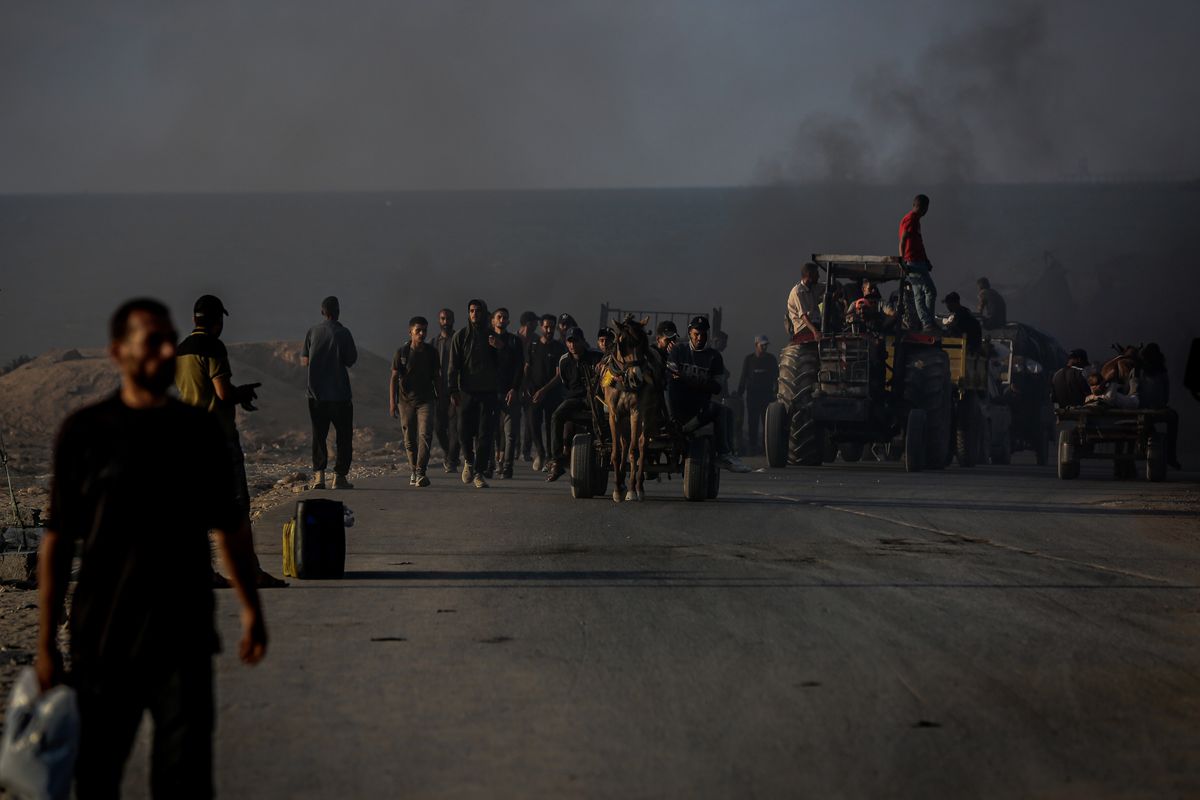The Middle East that the Trump Administration must now come to grips with is not the one Barack Obama envisioned leaving his successor when he took office eight years ago. Shortly after Obama entered office in 2009, the new U.S. president visited Cairo to give a landmark address to the Muslim world at large. In that speech, Obama pledged to “seek a new beginning between the United States and Muslims.” Key to this “new beginning” was a new vision of what U.S. policy in the Middle East might look like. It proposed a softer approach to the region, promising to remove U.S. troops from Iraq, pursue rapprochement with Iran, and finally broker Arab-Israeli peace.
However, little of that vision has come to fruition, at least not as intended. The so-called “Arab Spring” political uprisings, which swept the region in 2011, overthrew longstanding authoritarian regimes and shook the regional order. Subsequent civil wars in Syria and Yemen have taken a terrible human toll and provided a battleground for Sunni states and Shi’a Iran to wage vicious proxy wars. And finally, the shocking rise of Islamic State (ISIS) in Iraq and Syria in 2014 has further weakened both countries and given the cause of violent Sunni extremism a territorial home.
Some of these regional shifts can be traced back to Bush-era U.S. policy – and its continuation under Obama. Most significantly, the 2003 U.S. invasion, occupation, and subsequent withdrawal from Iraq helped lay fertile ground for ISIS to build support and capture much of northern Iraq in 2014.
However, many of the most powerful forces that transformed the map of Middle East over the past eight years stemmed more from natural sociopolitical and economic trends than any direct reaction to U.S. policy. The upheavals of the Arab Spring, for example, “were the direct result of corrupt and brittle authoritarian regimes no longer capable of responding to their citizens’ aspirations and needs,” according to Henri Barkey, Director of the Middle East Program at the Woodrow Wilson Center.
Starting in the Tunisian city of Sidi Bouzid, the Arab Spring sparked mass demonstrations against staid authoritarian regimes across the region. In Tunisia, Egypt, Libya, Yemen, and Syria, these popular movements against the economic failures and repressive practices of their relative governments led either to democratic revolution or civil war. Today, only Tunisia has made the transition to democracy with relative success. In Egypt, the military has returned to power under General Fattah al Sisi. In Libya, two governments and a constellation of armed militias continue to compete for power. And, in Syria and Yemen, civil wars have torn the two countries apart.
This proliferation of conflict and instability at the heart of the Arab Levant has helped to accelerate the evolution of a new competitive dynamic in the Middle East. That dynamic has been amplified by the entrance of major international powers like Russia into the Syrian conflict. However, at the regional level, it focuses primarily on three remaining poles of power in the Muslim Middle East – Turkey, Iran, and the wealthy Arab Gulf states.
Of these three, Iran has arguably been the most aggressive in expanding its influence. According to Ambassador Dennis Ross, the Islamic Republic “represents the biggest threat to the region,” because of the role it plays in “deepening the Sunni-Shi’a sectarian divide across the region.” By funding, training, and supplying both the government of Syrian President Bashar al Assad and proxy militias throughout Iraq, Syria, Lebanon, and Yemen, Tehran managed to spark fears of a growing Iran-backed “Shi’a Crescent” in the Arab world. Saudi Arabia and the states of the Gulf Cooperation Council (GCC) have been especially sensitive to this threat, funding proxy Sunni forces to combat Assad in Syria and intervening directly in Yemen to battle Iran-backed Houthi rebels. In addition, says Ross, “ISIS has…exploited the sense of Sunni exclusion created by [the Sunni-Shi’a sectarian] divide” to magnify its message of violence.
Here, U.S. policy, and especially the policies pursued by President Obama, come more directly into play. The Obama administration’s signature Middle Eastern policy achievement, the Joint Comprehensive Plan of Action (JCPOA) nuclear agreement with Tehran, signed in 2015, curtailed the threat of Iranian nuclear weapons development and offered hope for reengagement with the Islamic Republic. However, traditional U.S. allies in the region, like Saudi Arabia and Israel, read the JCPOA and the Obama administration’s efforts to avoid antagonizing the Iranians, as a dangerous show of weakness, which allowed Tehran to expand its regional influence so rapidly.
This view is clearly shared by the Trump administration. In response to an Iranian ballistic missile test on January 29 – in violation of UN Security Council Resolution 2231 – Trump’s National Security Advisor, General Michael Flynn, announced the administration was “putting Iran on notice” early this month. That declaration was soon followed by new sanctions against dozens of Iranian-linked entities.
In Ross’ opinion, this willingness to break with Obama-era policy and confront Iran has produced “a sense of reassurance” amongst America’s traditional allies, especially Israel, which has so far kept to the sidelines of the region’s many conflicts. However, the disorganized rollout of highly controversial executive orders, like the temporary ban on immigration to the U.S. from seven Muslim-majority countries – indefinite for Syrian nationals – has unsettled U.S. allies in the region and stirred deep popular resentment against the new president.
There is little doubt that the Middle East towards which President Trump must now shape his policy is vastly different and more complex than the region Obama faced in 2009. Yet, at the end of the day, says Michael Singh, Managing Director of the Washington Institute for Near East Policy, “the real story in the Middle East is not how much things have changed, but… how little.”
Economic distress and widespread youth unemployment continue to undermine even the most stable Arab countries. Similarly, the surge of refugees from regional wars has placed a heavy burden on host countries like Jordan, Lebanon, and Turkey. President Trump has had much to say about the threats posed by Iran, ISIS, and international terrorism. As he reveals policies to counter these threats, the region will be closely watching to see how his administration plans to help bring stability to the Middle East, beyond issues of war and terror.
Fritz Lodge is an international producer at The Cipher Brief. Follow him on Twitter @FritzLodge.



